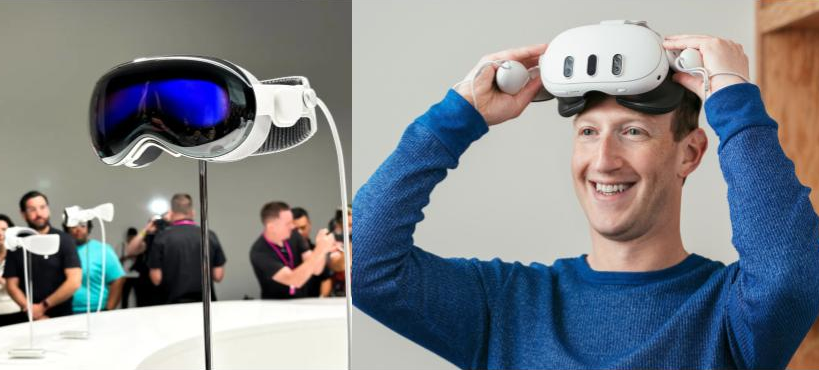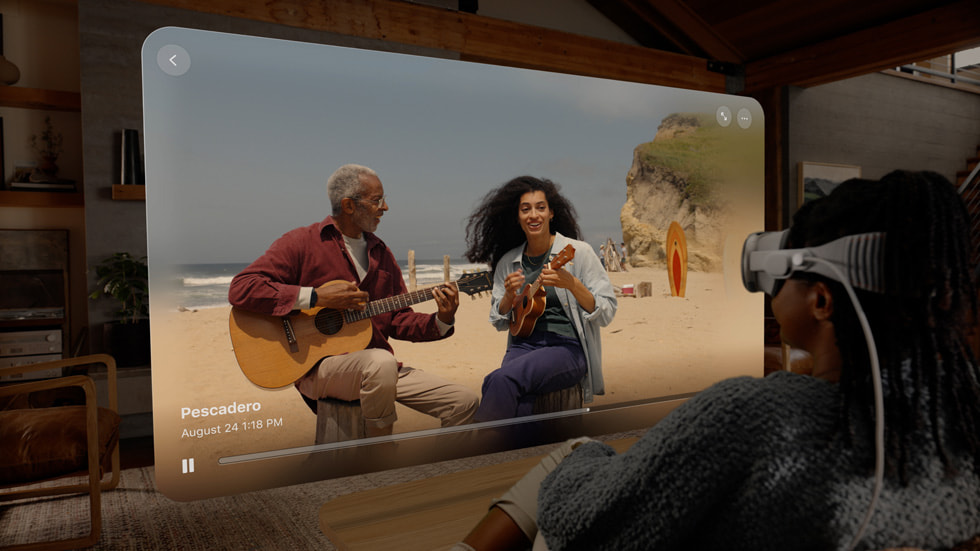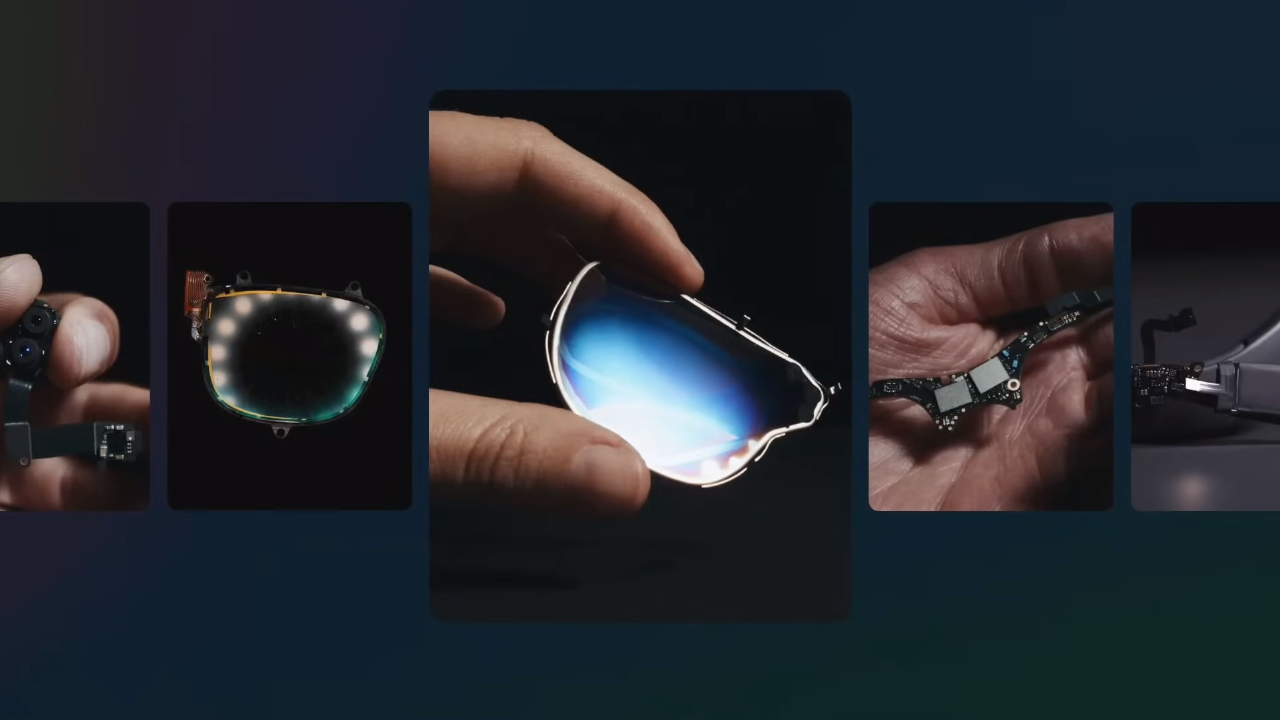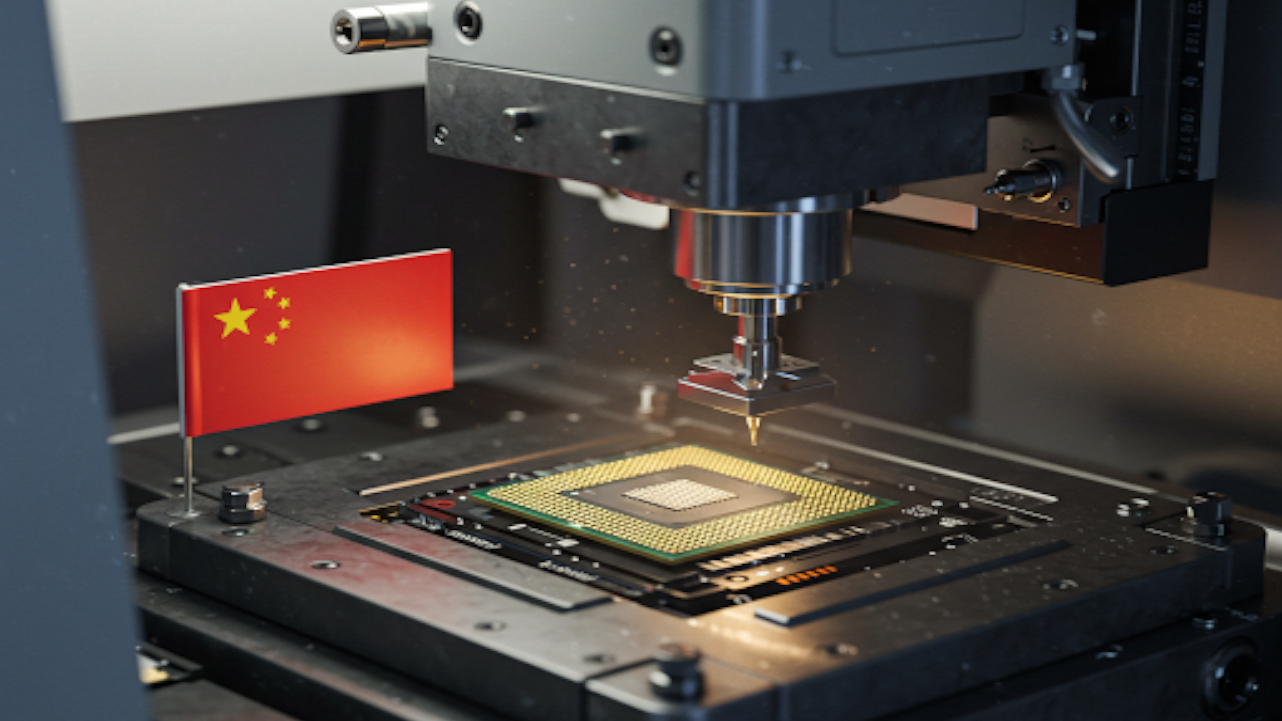The field of 3D display technology has advanced significantly, yet achieving direct tactile interaction with virtual objects remains a challenge. Most volumetric displays are rigid and oscillating, requiring isolation from the user’s hand, which prevents direct grasping and real interaction with 3D objects.
To overcome this limitation, researchers at the Public University of Navarre in Spain have developed FlexiVol, an innovative adaptation of traditional volumetric displays. This breakthrough replaces the rigid projection surface (or diffuser) with a flexible diffuser, allowing users to physically interact with the displayed 3D objects as if they were holding them.
Swept volumetric displays — such as Voxon VX1 — generate 3D images by projecting slices onto a rapidly moving 2D surface. This movement is so fast that the human eye merges the slices, creating the illusion of a complete 3D object. This effect, known as persistence of vision, is similar to how rotating fan blades appear as a solid shape.
Until now, interaction with volumetric displays relied on indirect methods, such as using a mouse or tracking hand movement near the screen to avoid distortion and physical contact. To break this limitation, researchers replaced the rigid surface with a flexible diffuser composed of oscillating strips, enabling users to touch and manipulate objects directly. A real-time correction system dynamically adjusts the graphics to compensate for distortions, ensuring visual accuracy during interaction.
Researchers conducted extensive testing to choose the best material for the flexible diffuser. Their evaluation included:
- Light diffusion — Ensuring image clarity.
- Stiffness — Measuring resistance when pressed.
- Frequency response — Controlling oscillations.
Ultimately, a specific type of elastic band was selected due to its durability and stable oscillation, providing a smooth and consistent experience without unwanted distortions.
User Study: Is Direct Interaction Better?
To assess FlexiVol’s effectiveness, researchers conducted a study with 18 participants, asking them to complete three interactive tasks:
- Selecting a 3D object within the display.
- Tracing: Moving an object along a predefined path.
- Docking an object inside another using direct hand interaction.
Findings revealed that users found direct interaction easier and more intuitive compared to using a traditional 3D mouse, confirming the potential for FlexiVol to shape the future of volumetric displays.
Challenges and Future Improvements
Despite FlexiVol’s success, several challenges need to be addressed before commercialization:
- Durability of elastic strips — Long-term testing is required to evaluate wear resistance.
- Hand-tracking precision — The system currently relies on external cameras, which lack the accuracy of standard touchscreen tracking.
- Display size and resolution — The current display area is approximately 19 cm² with moderate resolution, highlighting the need for larger and sharper displays.
Conclusion: A Step Into the Future
FlexiVol represents a major leap forward in 3D display interaction. By modifying traditional systems with oscillating flexible diffusers, users can now physically reach inside and interact with virtual objects, an experience never before possible.
This innovation holds promising applications across various fields, including: Gaming — Creating immersive environments with direct interaction. Medical imaging — Enhancing visualization and analysis of 3D scans. Education — Offering a new way to engage with 3D learning materials. Design — Facilitating hands-on manipulation of 3D models. Interactive entertainment — Delivering unique digital experiences.
FlexiVol is paving the way for a new standard in 3D display technology, transforming the way users see and touch the digital world.









